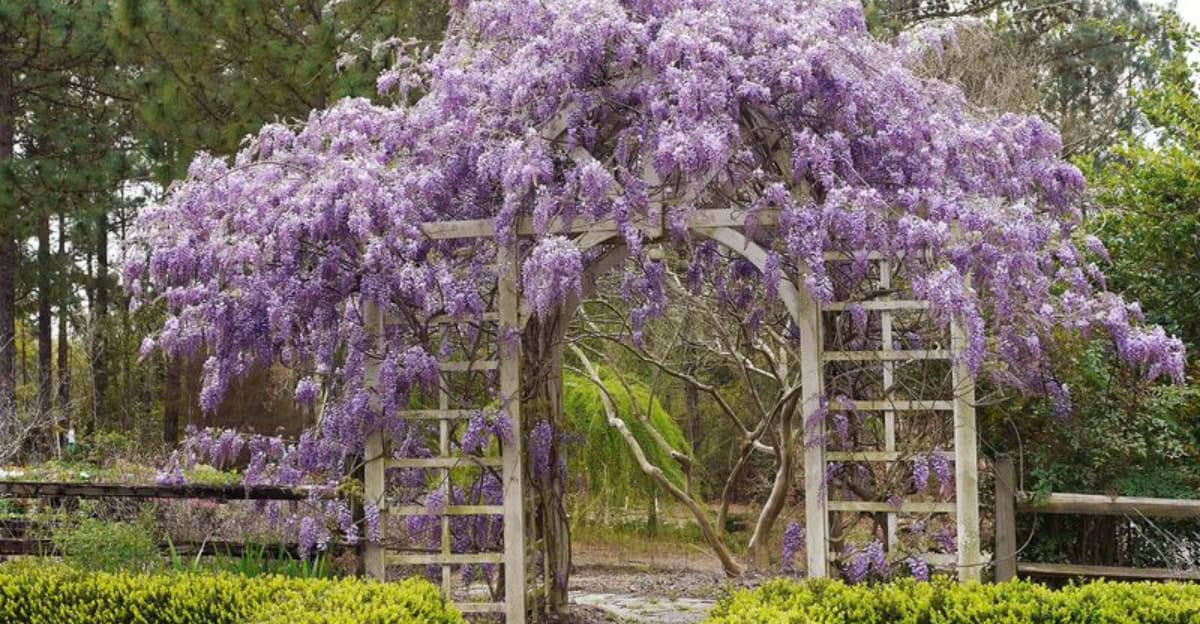Wisteria is a captivating vine known for its striking clusters of purple, blue, or white flowers.
When grown right, it can transform any garden into a picturesque scene.
These 10 tips will guide you in cultivating wisteria, ensuring it flourishes with vibrant blooms and adds charm to your outdoor space.
1. Choose the Right Spot
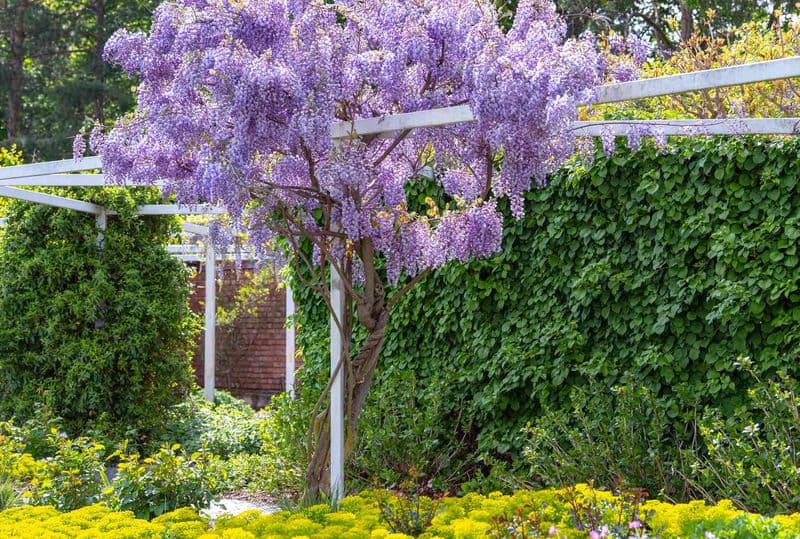
Selecting the ideal location is crucial. Wisteria thrives in full sun, so choose a spot with at least six hours of sunlight daily.
Ensure the soil is well-drained and fertile. A sunny nook or garden corner is perfect. Consider the growth space, as wisteria can become quite expansive.
2. Prepare the Soil
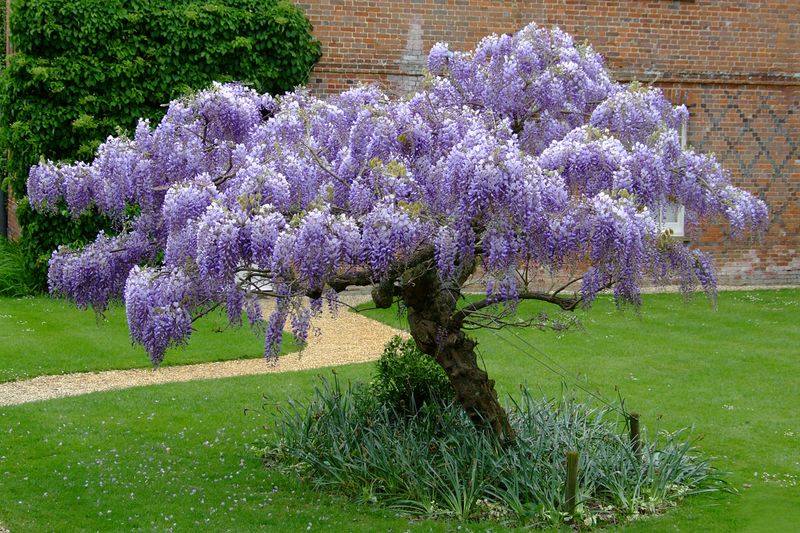
Before planting, enrich the soil with compost to boost fertility. Wisteria prefers slightly acidic to neutral pH levels.
Test soil pH and amend if necessary. Proper preparation ensures robust root development and healthy growth. Well-drained, rich soil is key for wisteria’s longevity and performance in the garden.
3. Provide Strong Support

Wisteria requires robust support systems. Install a strong trellis, arbor, or pergola. These structures should withstand the weight of mature vines.
As wisteria climbs, secure it to the support. This guidance helps maintain the plant’s shape and encourages upward growth, creating an enchanting floral display.
4. Regular Pruning
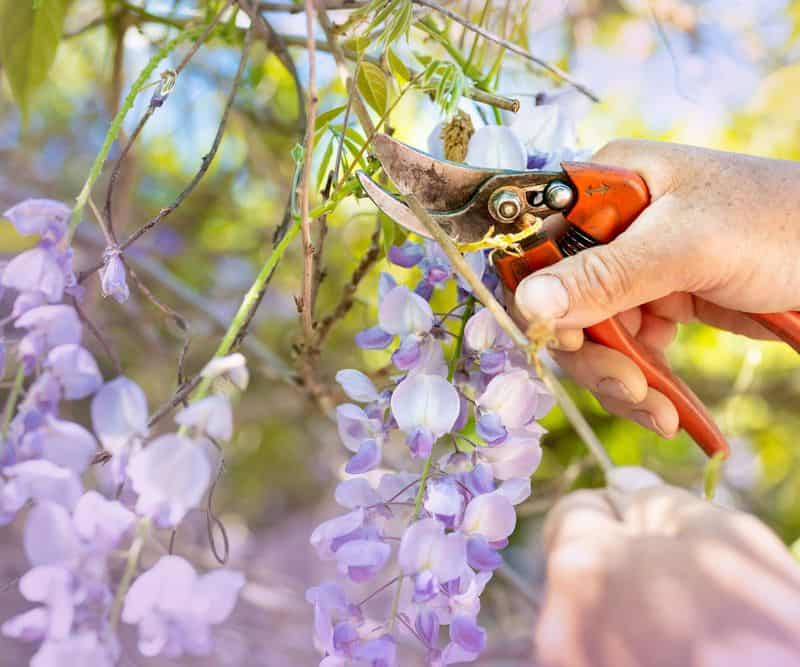
Pruning is essential for wisteria’s health. Trim in late winter to shape and remove unwanted shoots. Summer pruning controls growth.
Regular cutting back promotes blooming. Remove any deadwood. This discipline ensures wisteria’s energy focuses on producing flowers rather than excessive foliage.
5. Watering Wisely

Wisteria needs consistent moisture, especially in its early years. Water deeply but infrequently. Encourage deep roots by allowing the soil to partially dry between waterings.
Avoid wetting foliage to reduce disease risk. Proper hydration supports vigorous growth and prevents stress in this beautiful climber.
6. Fertilize for Flowers
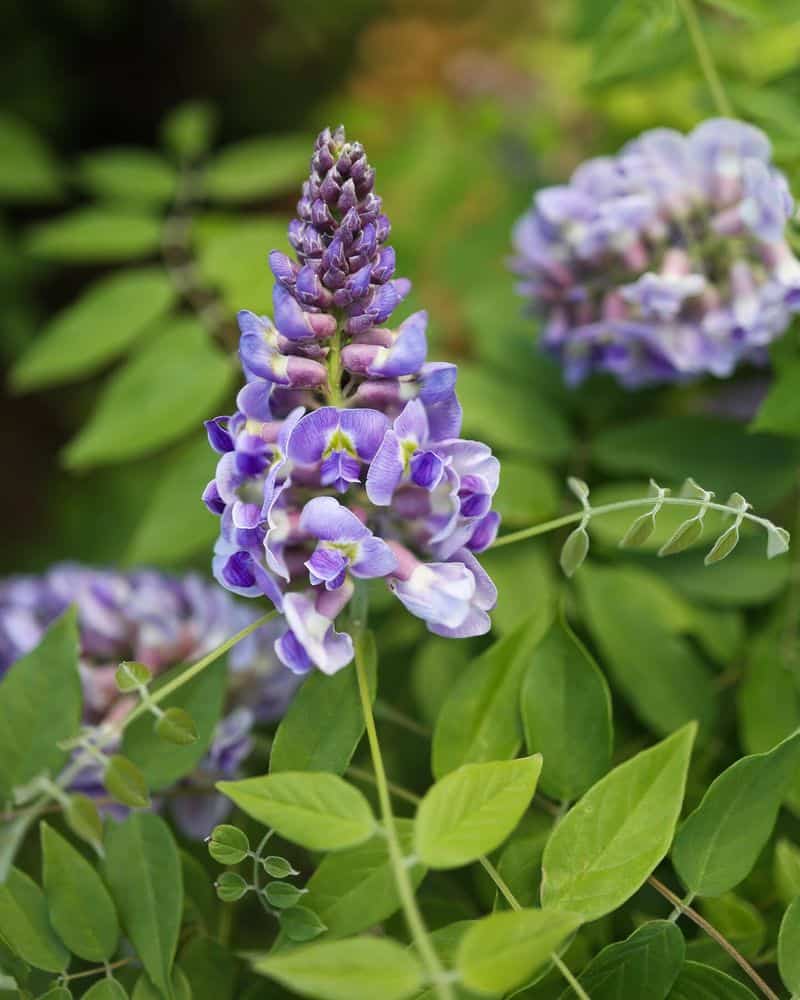
Boost flower production with balanced fertilizer in early spring. Use phosphorus-rich formulas to enhance blooms.
Avoid excessive nitrogen, as it promotes leaf growth over flowers. Regular feeding during the growing season sustains nutrient levels. Proper fertilization results in abundant, colorful floral displays.
7. Monitor Pests and Diseases
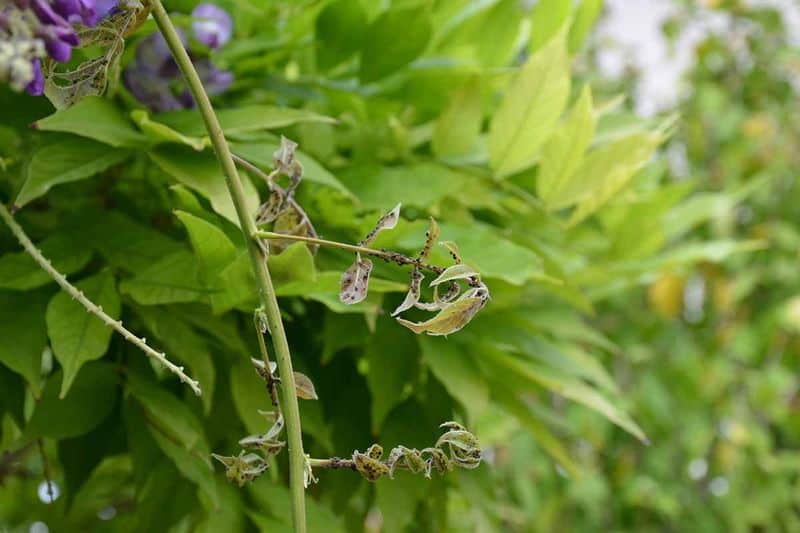
Stay vigilant for pests like aphids or diseases such as root rot. Inspect regularly for any signs of distress.
Employ organic treatments or beneficial insects as needed. Early detection and management are essential.
Healthy wisteria is less susceptible to issues, ensuring continuous growth and flowering.
8. Control Growth

Wisteria can be invasive. To manage, direct growth through regular pruning and training. Keep it in designated areas.
Promptly cut back any wayward shoots. This control maintains balance in your garden, preventing the vine from overwhelming other plants and structures while showcasing its beauty.
9. Propagation Techniques
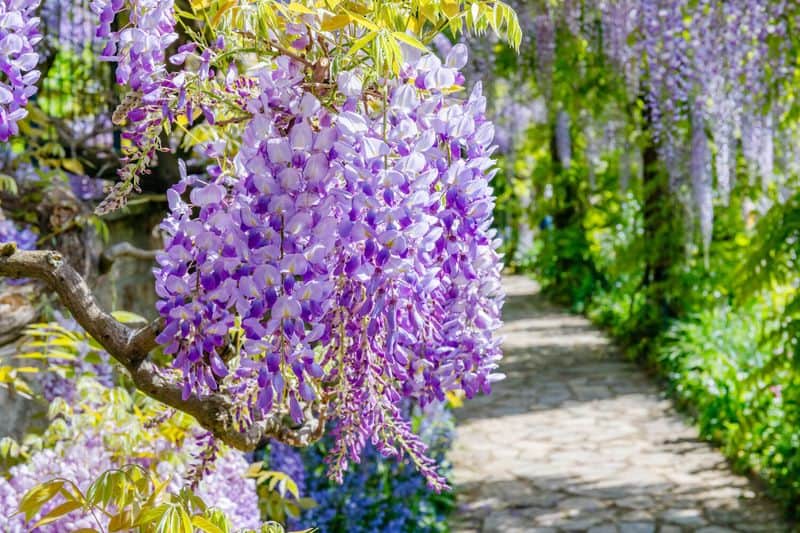
Propagate wisteria through cuttings or seeds. Cuttings offer genetic continuity, while seeds provide variety. Early summer is ideal for taking cuttings.
Follow proper techniques for rooting. This approach expands your garden or shares wisteria with friends. Successful propagation requires patience and care.
10. Appreciating Patience

Wisteria takes time to mature and bloom. New plants may need several years before flowering. Patience pays off. Meanwhile, nurture with care and attention.
Each season brings you closer to a breathtaking display. This waiting game is part of gardening’s beauty, teaching perseverance and rewarding diligence.

